-
Rooted in industrial chic and timeless leathercraft, this stool channels the en...
-
Inspired by the timeless elegance of mid-century modern design, this chair pays...
-
Stripped of all excess, this chair embraces essential form with intentional des...
-
Step into the world of classic design, a remarkable fusion of style and comfort...
-
Find out this versatile icon of design chair that effortlessly blends into any ...
-
Discover this metal chair, a symbol of modern craftsmanship that combines simpl...
-
The chair's design is characterized by its simplicity and functionality. The ar...
-
The Minimalist Black Design Chairs is an iconic piece of furniture that has lef...
-
Bring a touch of rustic industrial charm to any setting with our Industrial Woo...
-
The Backless Black Metal Stools feature a distinctively simple yet elegant stru...
-
The timeless elegance of our Classic Black Metal Design Chairs—where sleek soph...
-
The stool's minimalist design is accentuated by its clean lines and geometric s...
The Essential "Home Chair": Where Form Meets Function and Comfort
The "Home Chair" is far more than a simple piece of furniture; it is a ubiquitous fixture in our daily lives, defining spaces and supporting our every activity, from dining to working to deep relaxation. Its presence is so ingrained in the domestic landscape that we rarely pause to consider the sheer variety and purpose it embodies. From the sleek lines of a modern accent chair to the plush embrace of an ergonomic desk model, the Home Chair is a canvas where style, materials, and specialized design converge.
A World of Types: Finding the Perfect Fit
The term "Home Chair" encompasses a multitude of forms, each designed for a specific role within the house:
-
The Ergonomic Task Chair: With the rise of the home office, this chair has become an essential investment. An ergonomic Home Chair focuses on adjustability—lumbar support, seat height and depth, and adjustable armrests—to maintain the spine's natural curve, mitigate back pain, and support long hours of productive work. It is a fusion of engineering and comfort.
-
The Accent and Armchair: These pieces are often the aesthetic focal point of a living room or bedroom. Types like the classic Wingback Chair, the cozy Club Chair, or a striking contemporary silhouette are chosen less for task and more for visual flair and providing an inviting spot for reading or conversation. They are where personal style truly shines.
-
The Dining Chair: Designed for upright posture and social interaction, the dining Home Chair balances durability with style. They must withstand frequent use while complementing the dining table and overall room decor.
-
The Lounge and Recliner: These chairs are synonymous with pure relaxation. Whether a sophisticated Eames-style lounger with an ottoman or a fully-motorized recliner, their primary function is to allow the user to unwind and put their feet up, prioritizing deep, cushioned comfort.
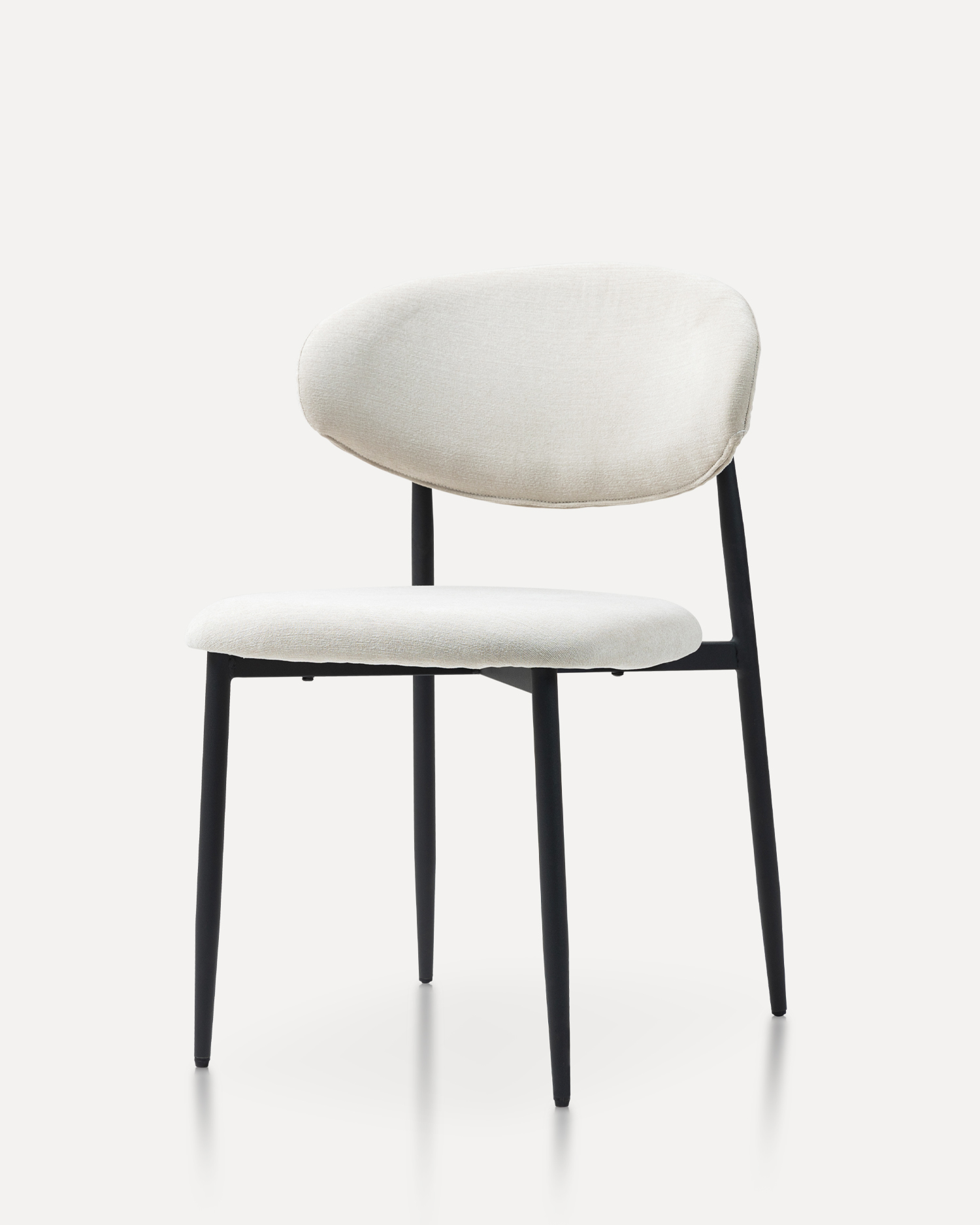
The Material Story: Aesthetics and Endurance
The materials chosen for a Home Chair dictate its durability, maintenance, and ultimate aesthetic.
-
Upholstery: Options like durable Polyester and Microfiber are popular for high-traffic areas due to their stain resistance and easy cleaning, making them ideal for family life. Luxurious choices like Velvet or Chenille add a touch of elegance, while Leather provides a sophisticated, long-lasting surface that develops character over time.
-
Frame Construction: The core integrity of a Home Chair relies on its frame. Traditional options like Solid Wood (oak, walnut) lend a timeless warmth, while Metal frames (steel, aluminum) offer sleek, modern support, often found in dining or outdoor chairs.
The Ergonomics of Living: Beyond the Office
While we often associate ergonomics with desk work, the principle of designing furniture to fit the human body applies to every Home Chair. A well-designed accent chair should still offer adequate support, a dining chair should encourage comfortable upright seating, and a recliner should provide proper support when fully extended. This focus ensures that your furniture not only looks beautiful but also contributes positively to your long-term health and well-being.
In conclusion, the "Home Chair" is a cornerstone of interior design and functional living. When selecting one, consider its intended purpose, the materials that best suit your lifestyle, and the design that speaks to your personal taste. Investing in the right Home Chair is investing in your comfort, your style, and the very fabric of your domestic environment.

 English
English Français
Français Español
Español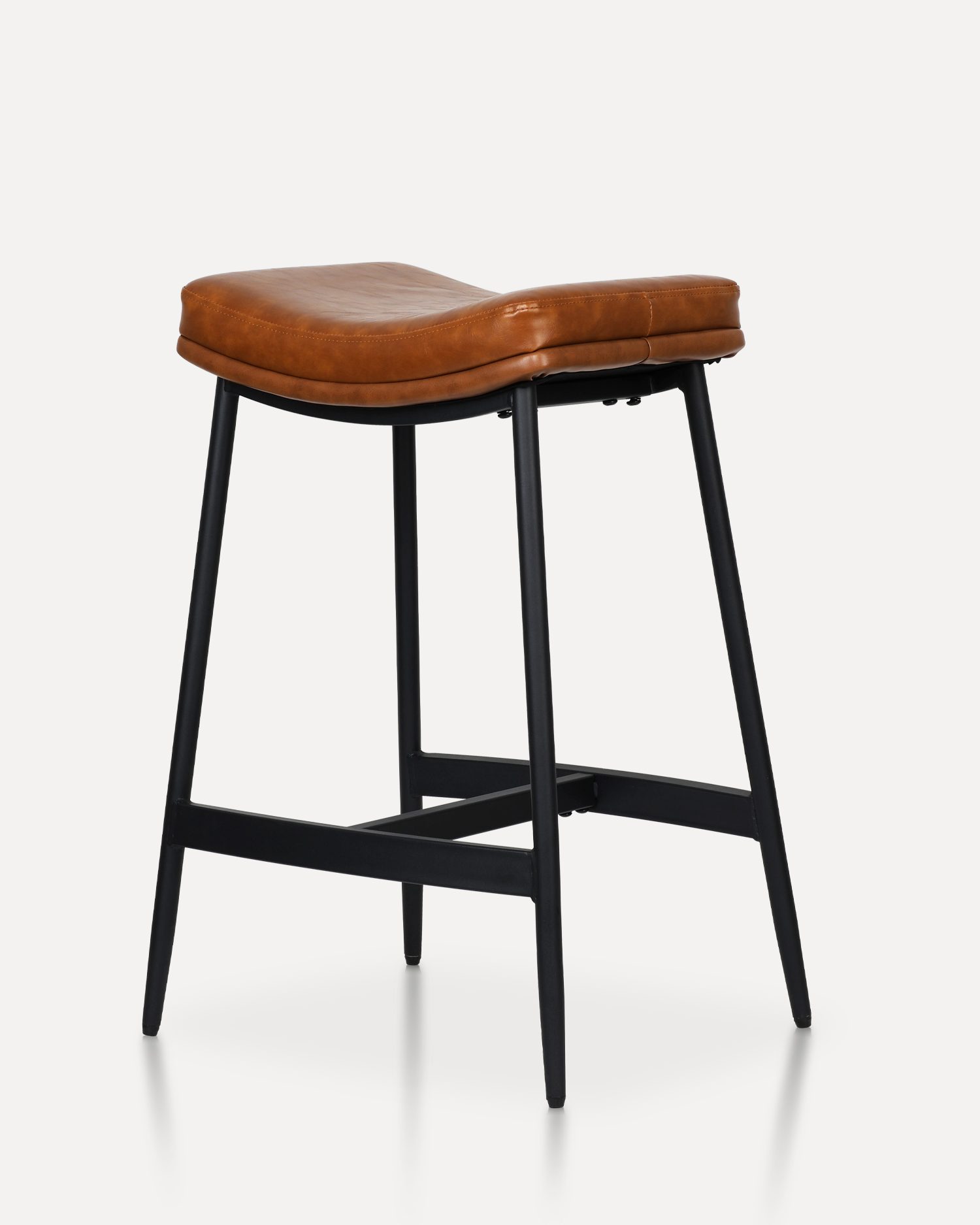
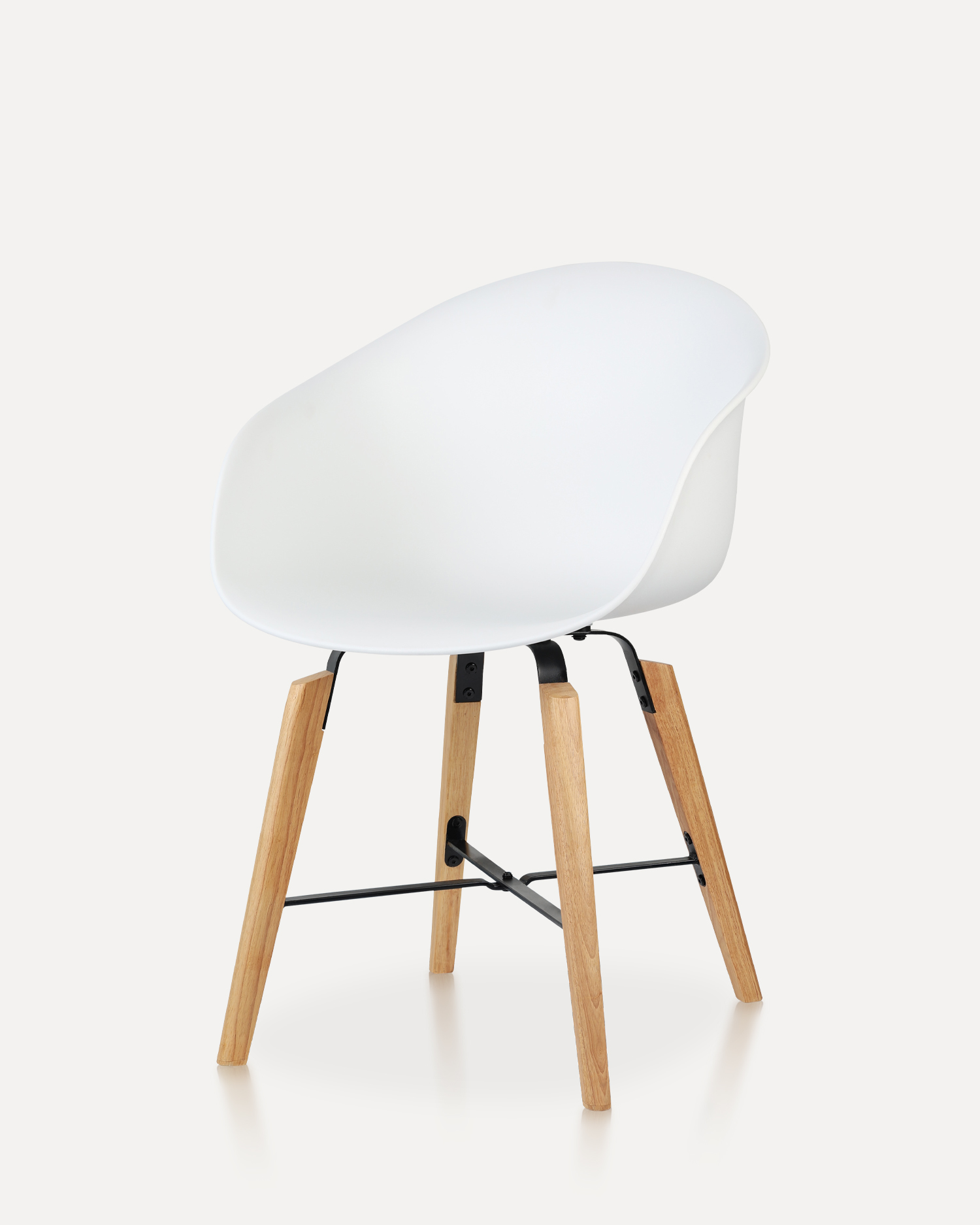
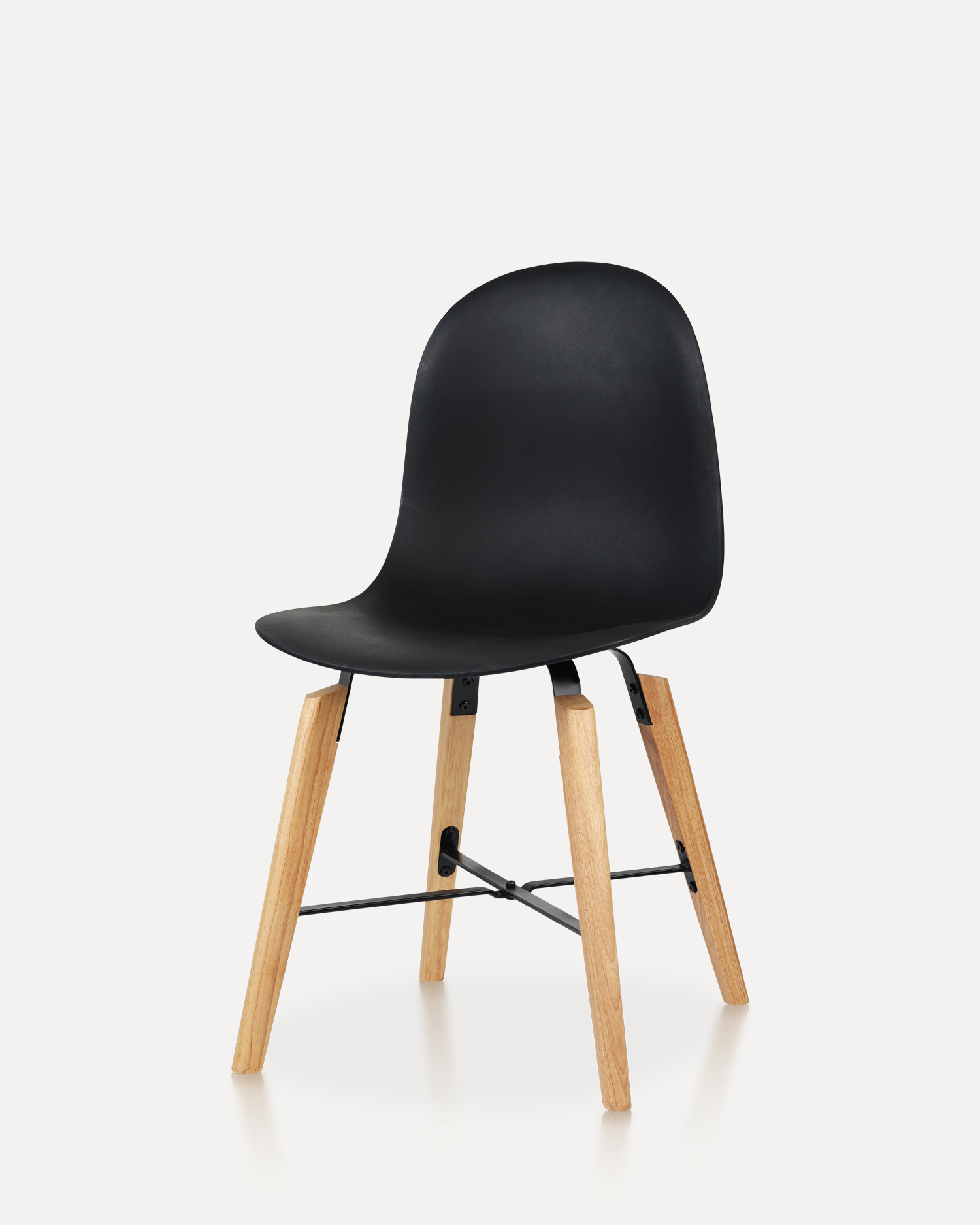
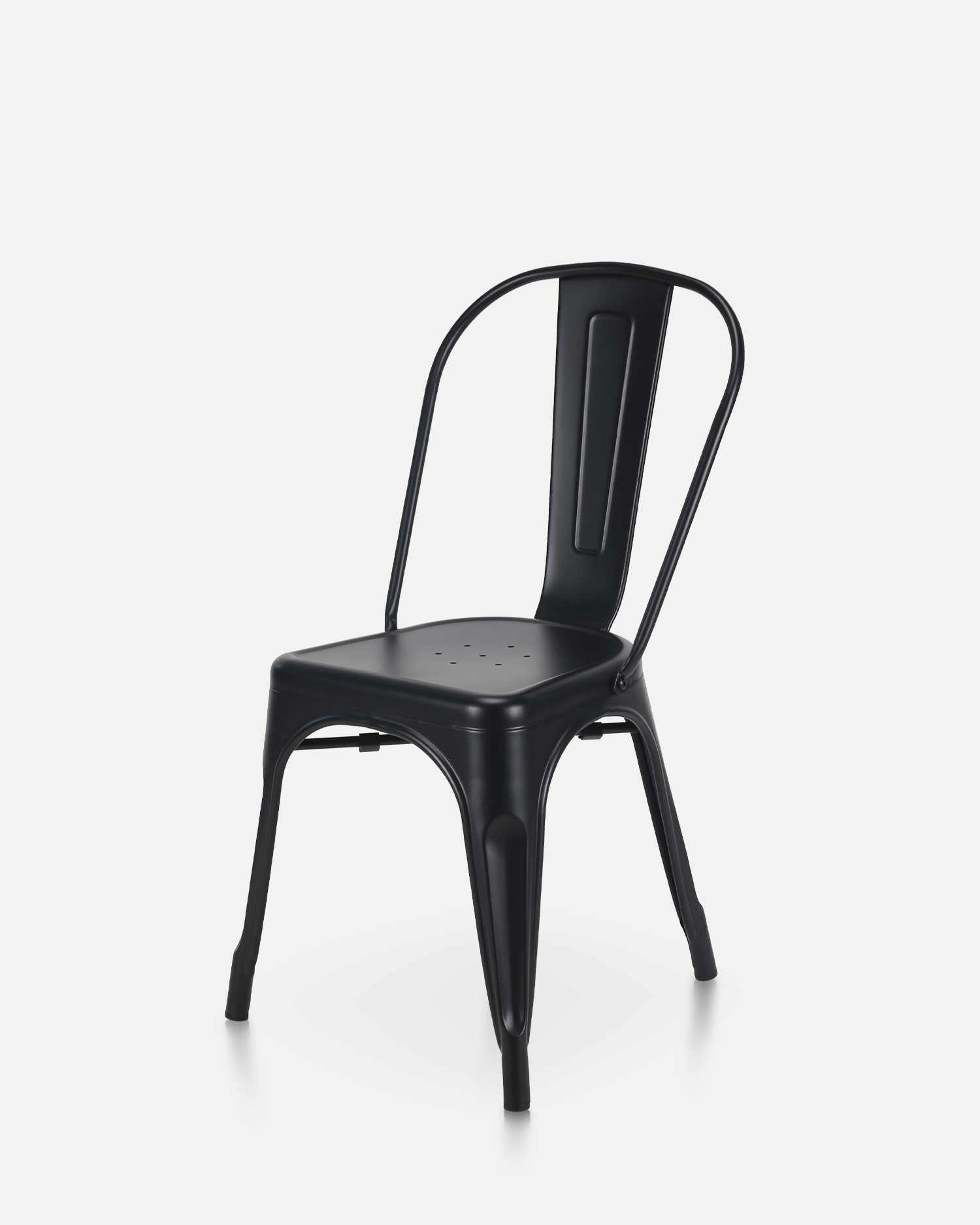
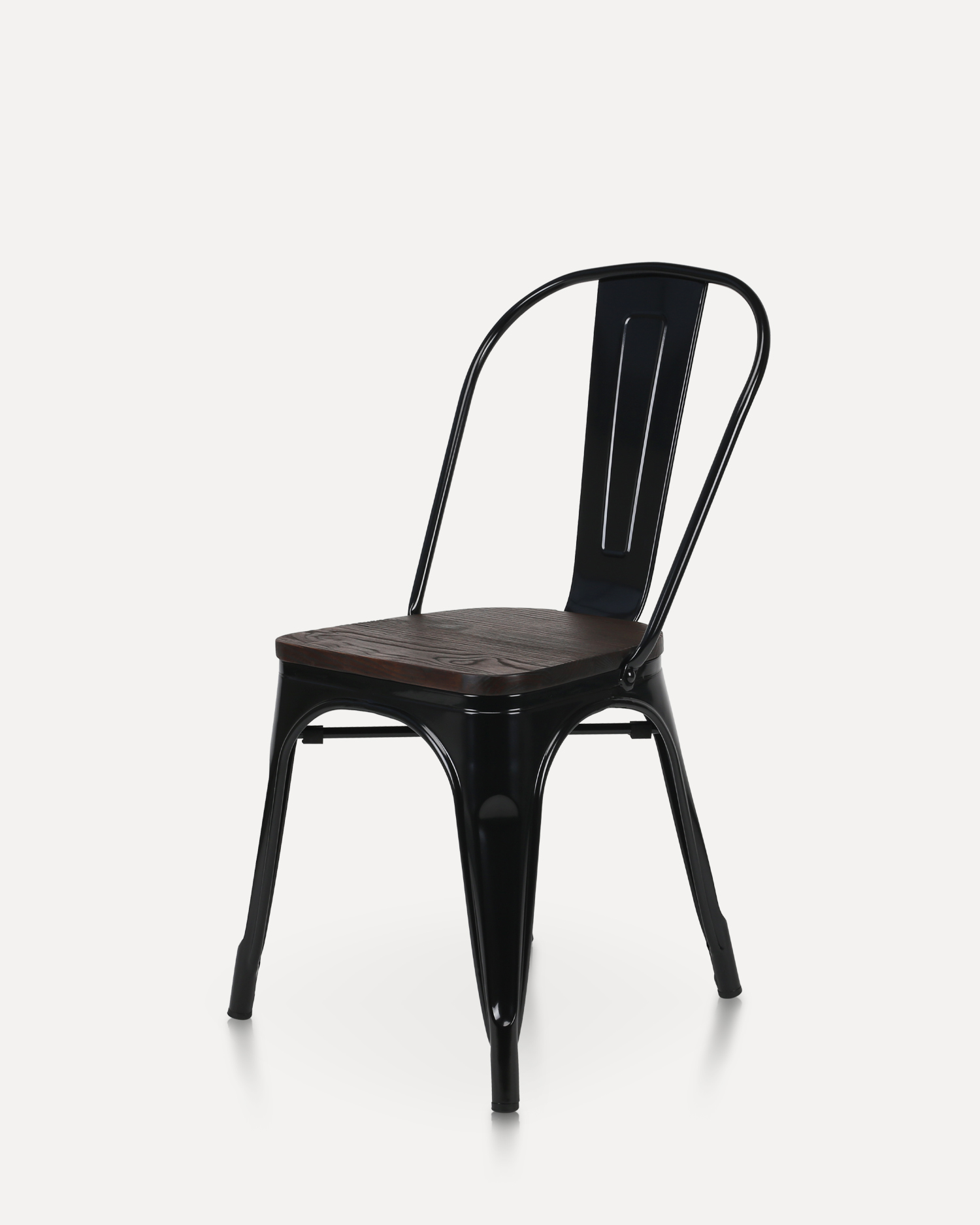
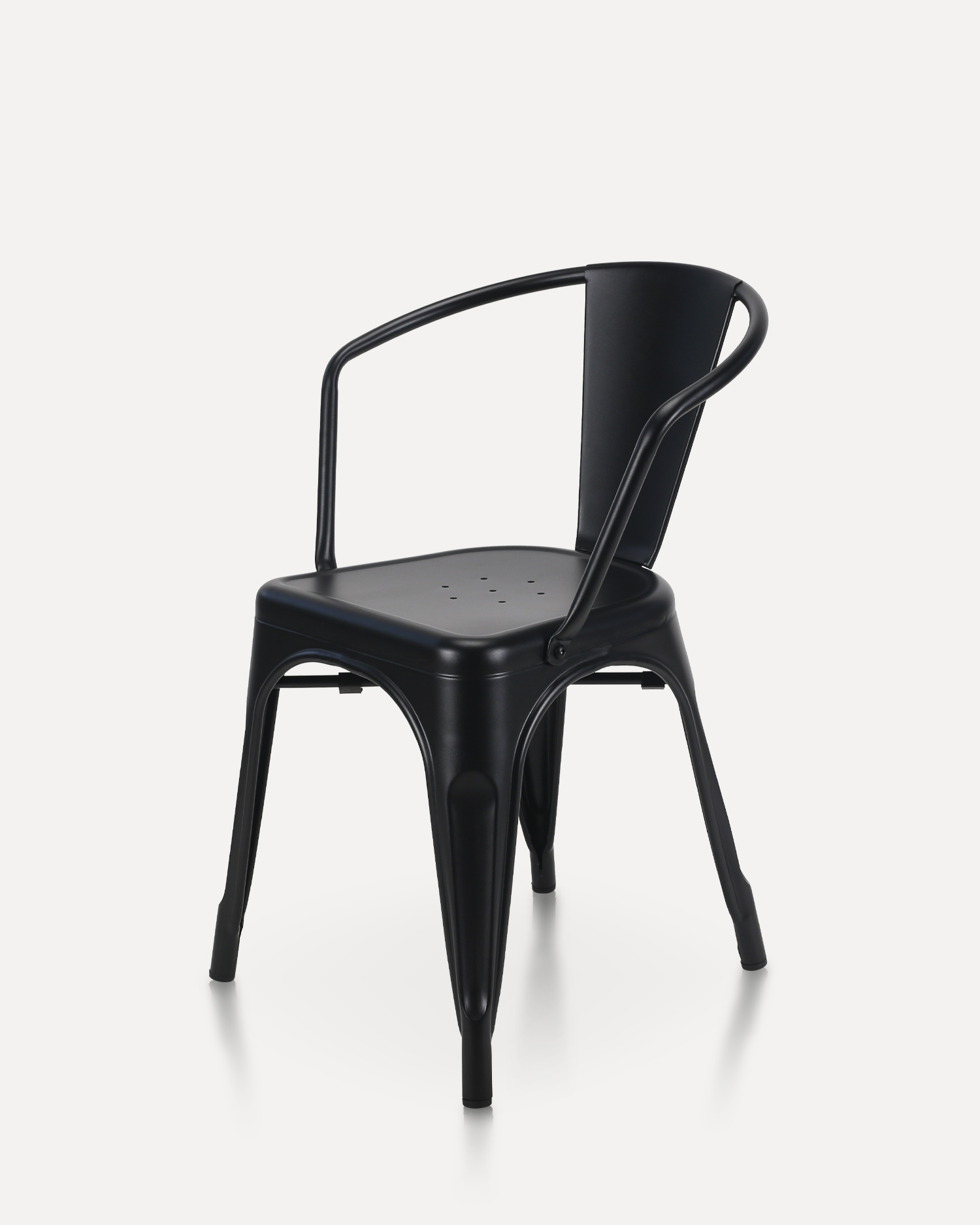
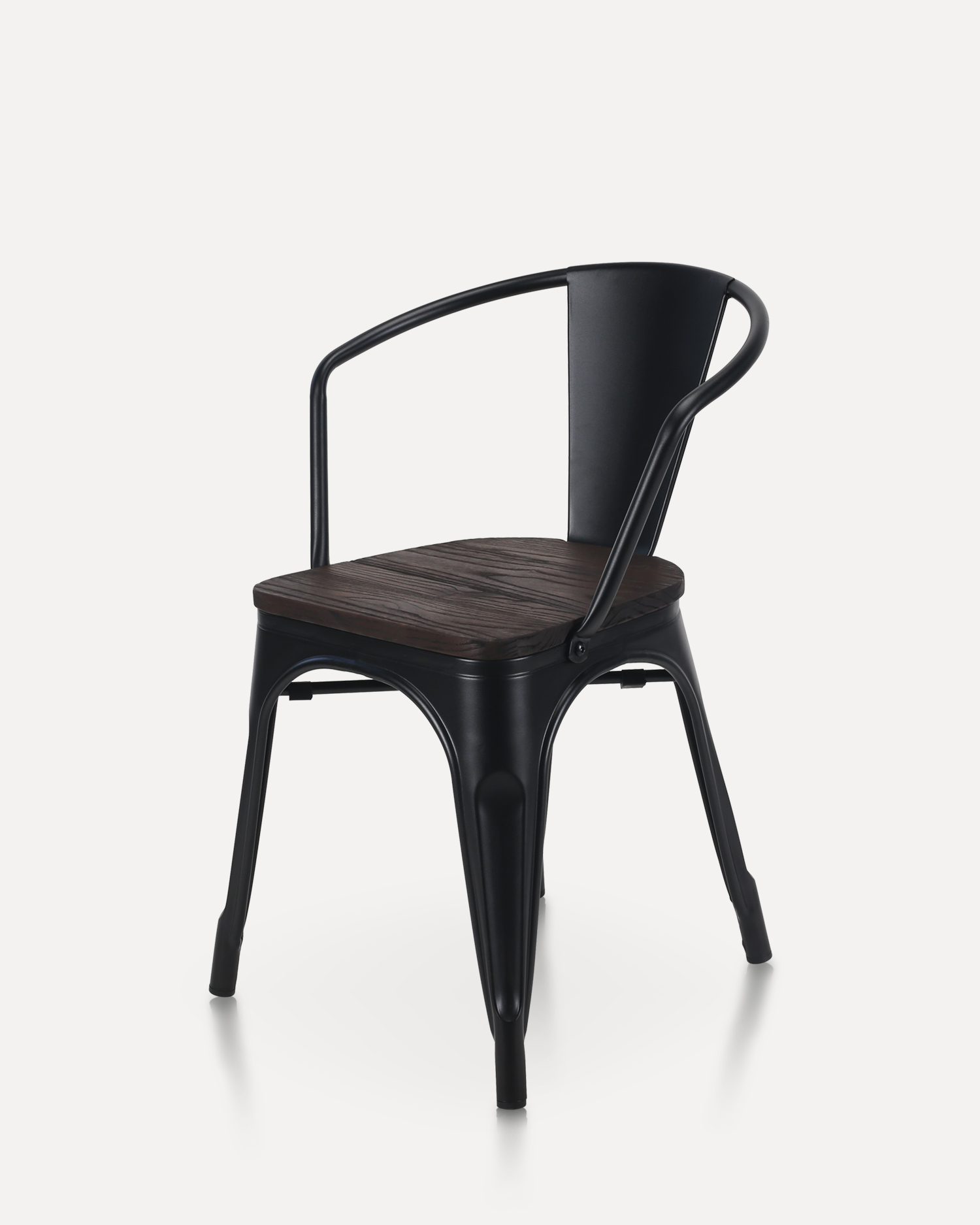
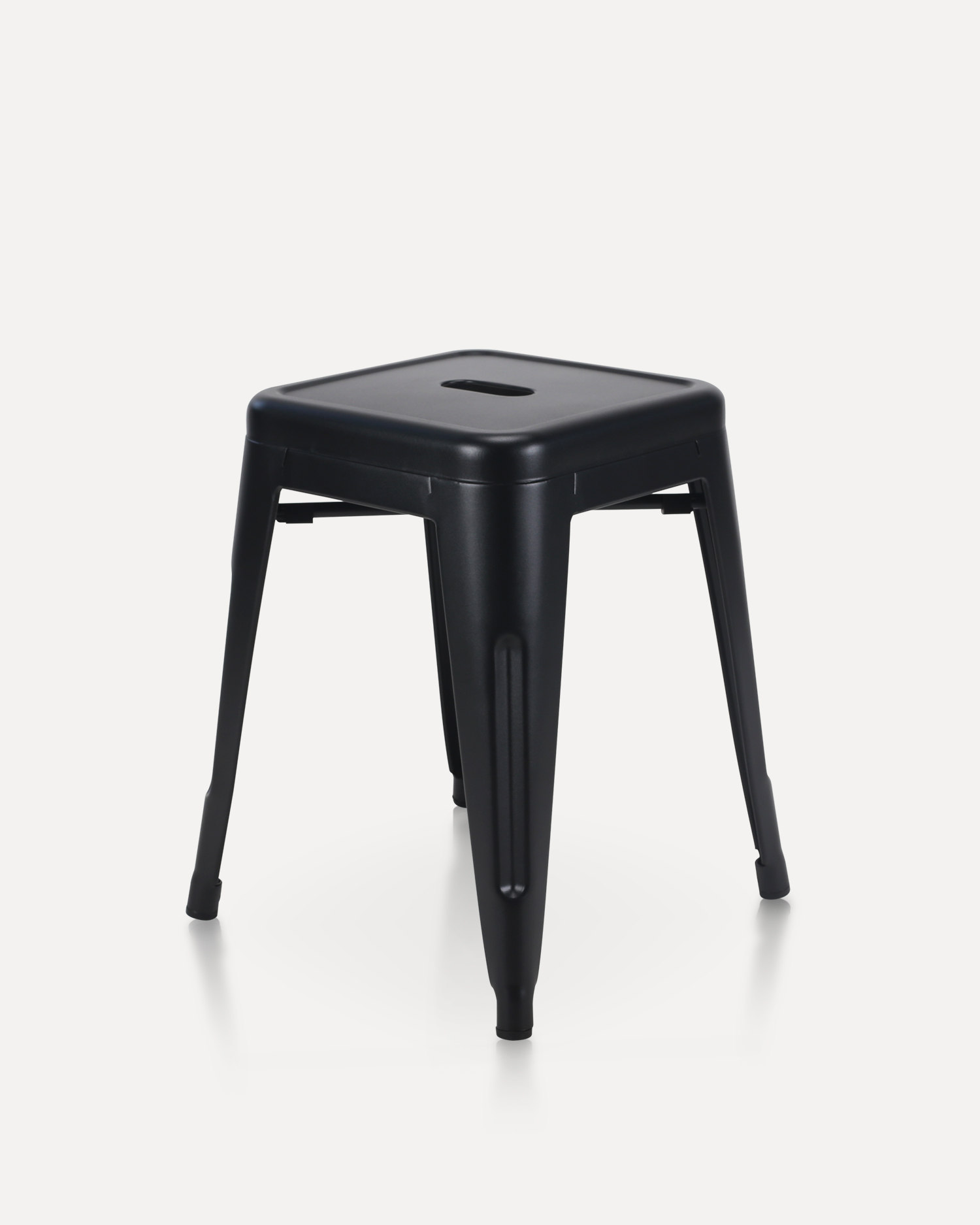
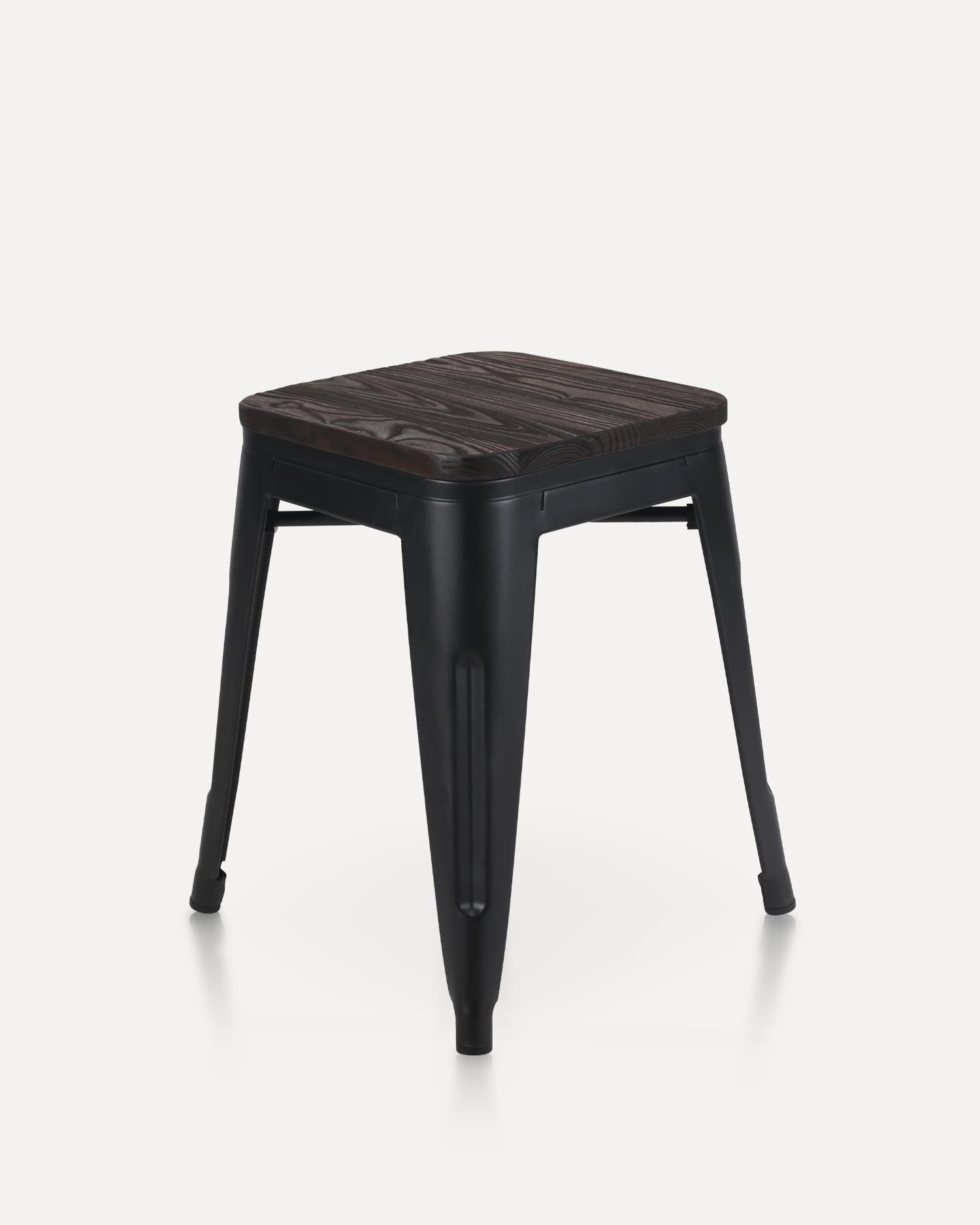
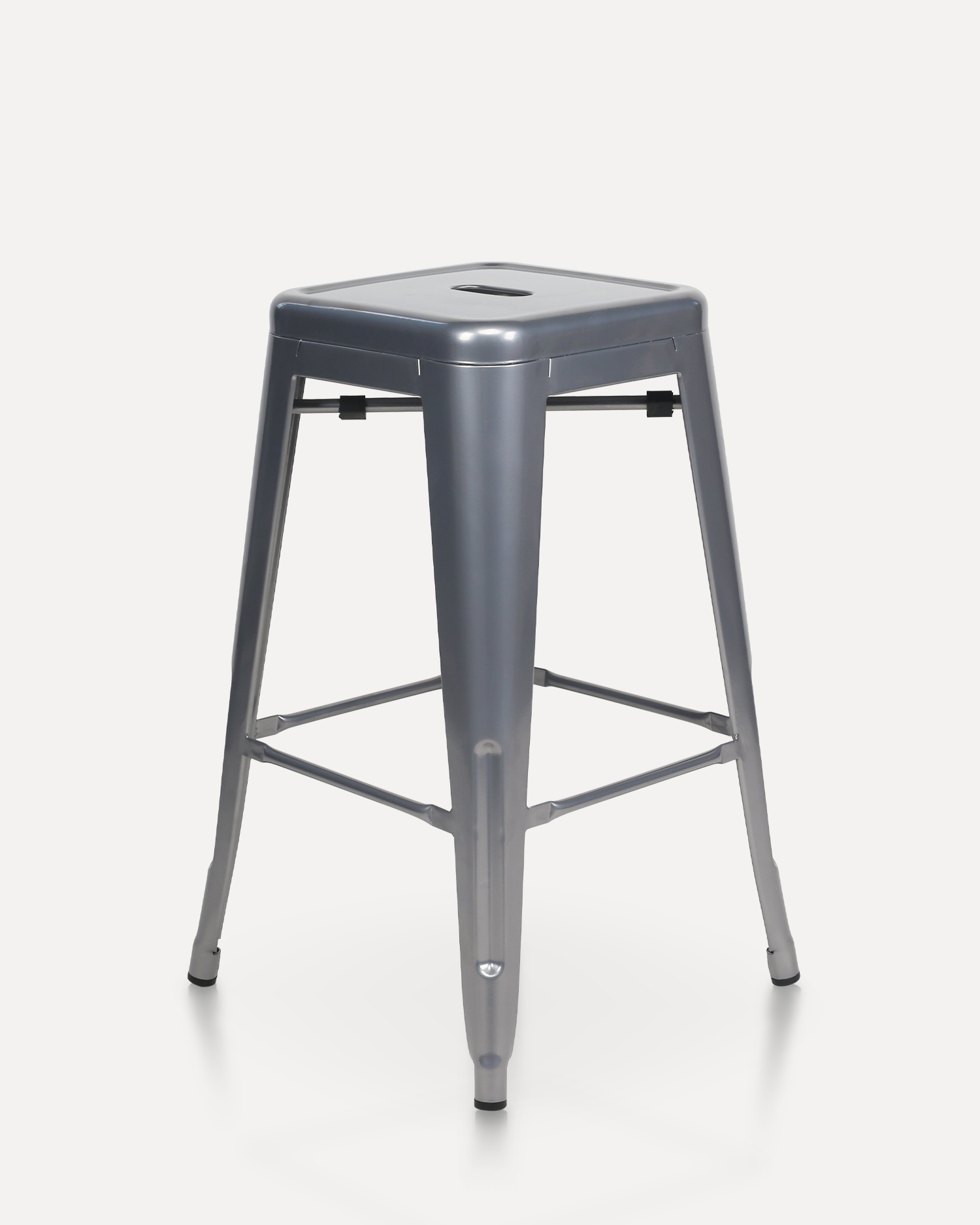
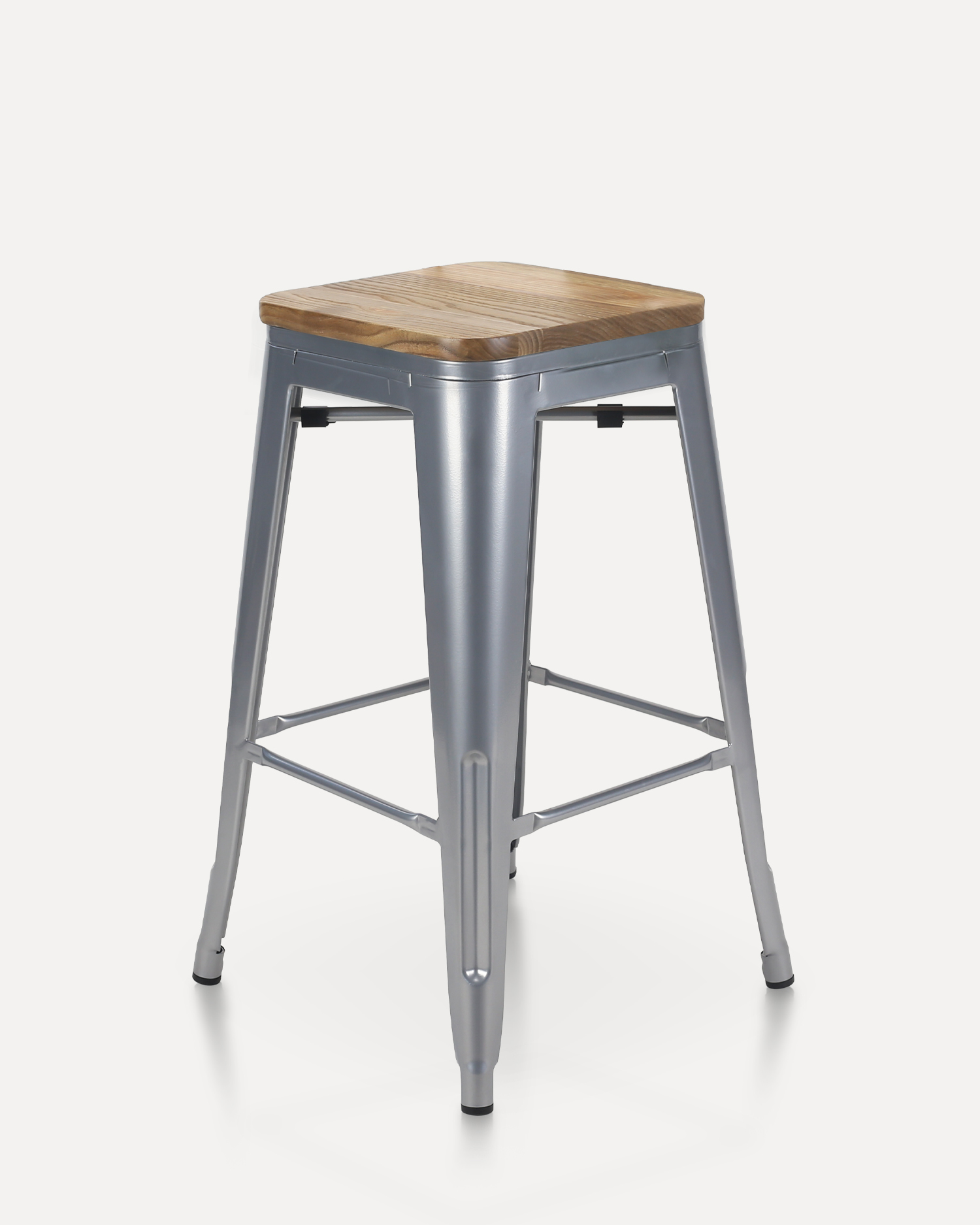
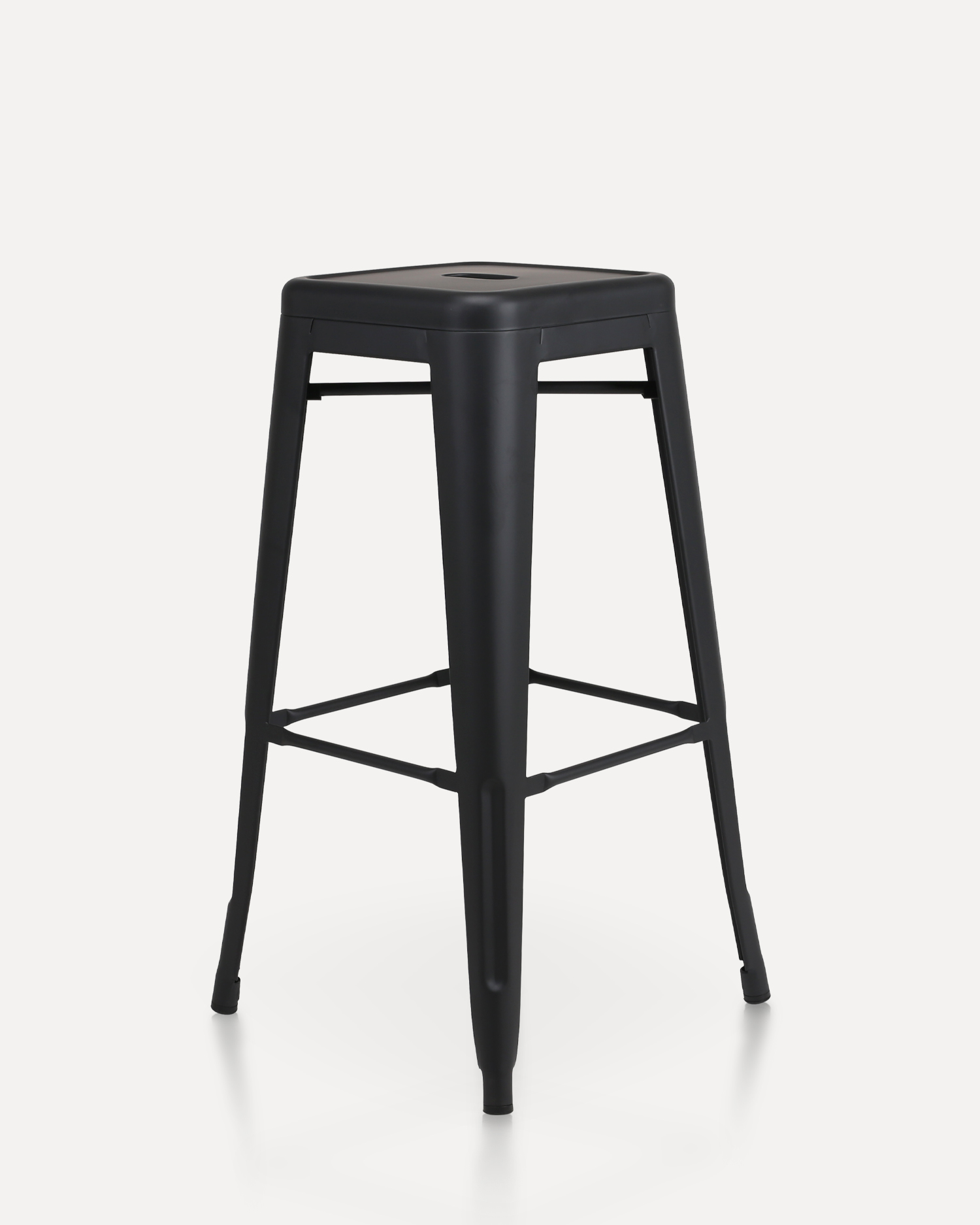





 Instagram
Instagram
 Facebook
Facebook
 Linkedin
Linkedin